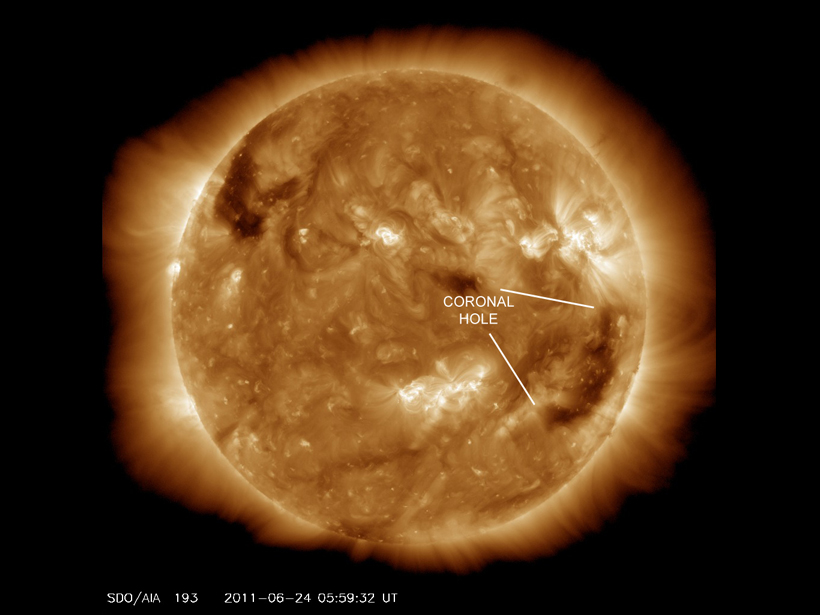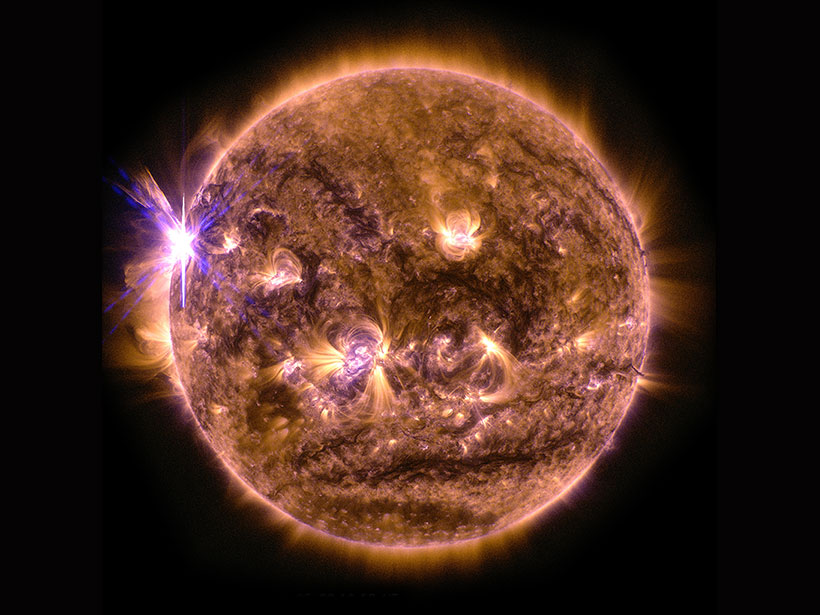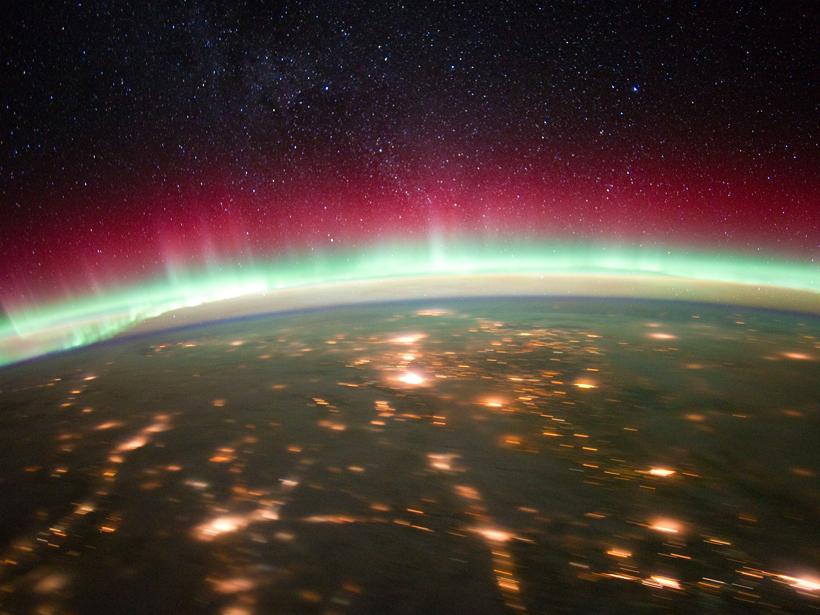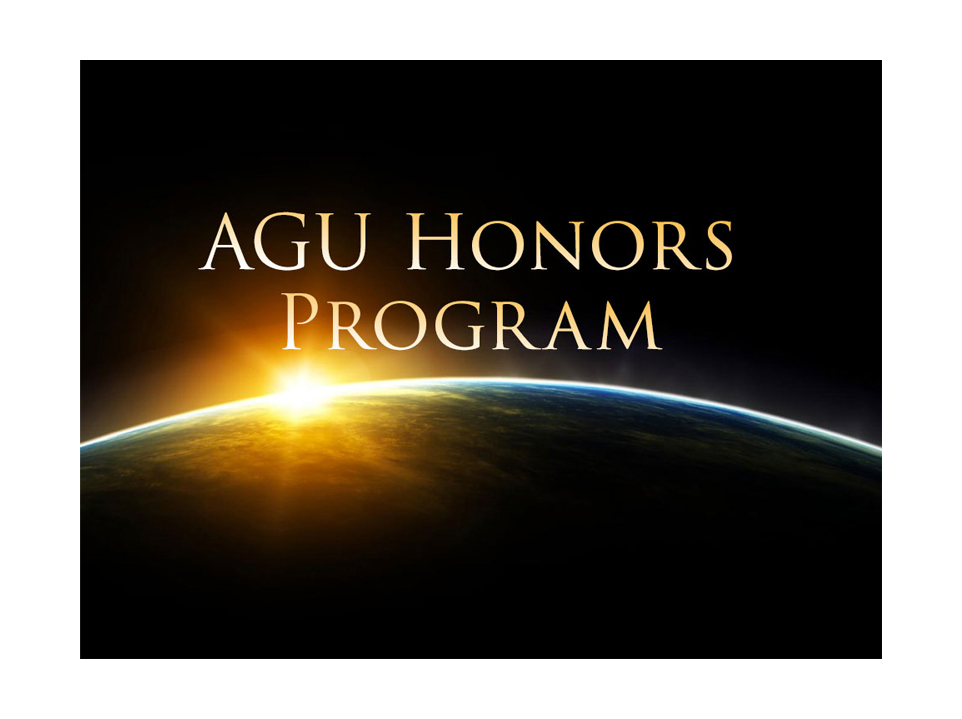When solar storms pounded Earth during Halloween in 2003, scientists were eager to measure their effects. But new research shows one satellite was seeing "ghost" particles that probably weren't real.
space weather (hazard)
Protecting Communications Satellites from Space Weather
A recent analysis of proprietary telecommunications data identifies a potential source of anomalous satellite component performance, and what can be done to prevent this from happening in the future.
Refining Solar Wind Models to Better Predict Space Weather
Despite decades of space-based observations of the Sun, scientists still struggle to make precise predictions of the solar wind.
Protecting Earth from Solar Storms
A task force on space weather recently released a national strategy to reduce damage resulting from solar storms. The plan is now open for public comment.
Why Does the Aurora Flare Up?
The spectacular auroras that circle Earth's geomagnetic poles and burst with colorful displays during geomagnetic storms have mystified humanity for millennia. Now scientists are uncovering their secrets.
Changing of the Guard: Satellite Will Warn Earth of Solar Storms
This summer, Earth gets a new guardian—the Deep Space Climate Observatory—to help warn astronauts and operators of critical planetary infrastructure about the Sun's raging magnetic storms.
Chigomezyo Mudala Ngwira Receives 2014 Science for Solutions Award
Chigomezyo Mudala Ngwira was awarded the 2014 Science for Solutions Award at the AGU Fall Meeting Honors Ceremony, held on 17 December 2014 in San Francisco, Calif. The award is for “significant contributions in the application and use of Earth and space sciences to solve societal problems.”
Magnetic Storms and Induction Hazards
Electric fields induced in the Earth's lithosphere during magnetic storms can interfere with the operation of electric power grids. Scientists are working to understand this multifaceted hazard.
The Impact of Coronagraphs
Observations of the Sun’s extended atmosphere with coronagraphs have become indispensable to both basic and applied research.








